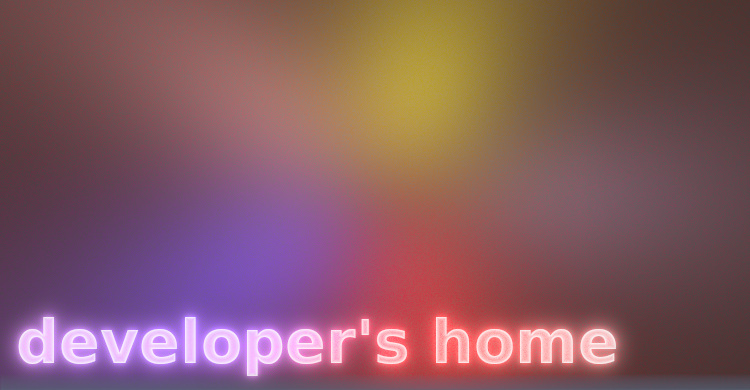2. Development of Wireless Markup Languages
2.1. HTML
HTML (HyperText Markup Language) is the markup language used on the World Wide Web (WWW). One major goal of the development of WAP is to bring the World Wide Web to wireless devices such as mobile phones and PDAs. So, not surprisingly, a lot of features in the markup languages of the wireless world are borrowed from HTML. That's the reason why markup languages specified in the WAP standard (WML and XHTML Mobile Profile) are so similar to HTML.
2.2. WML 1.x
WML (Wireless Markup Language) is the markup language defined in the WAP 1.x specification. It is the first markup language standard for wireless devices. Before its introduction, major players in the wireless field such as Openwave, Nokia and Ericsson had their own markup language. The WML specification was created by the WAP Forum, which was founded by Ericsson, Motorola, Nokia and Openwave in 1997. At present, many WAP sites are still using WML as the markup language.
2.3. XHTML
XHTML (eXtensible HyperText Markup Language) is the reformulation of HTML in XML (eXtensible Markup Language). The tags in XHTML are the same as those in HTML. You can consider XHTML as HTML written with the syntax of XML. XHTML has a cleaner and stricter structure than HTML, which ease the parsing of a document. This is particularly important for wireless devices such as mobile phones, since they have limited processing power. All major web browsers support XHTML. XHTML will gradually replace HTML.
2.4. XHTML Basic
XHTML Basic is a simplified version of XHTML. It is designed for devices with limited processing power and capabilities such as mobile phones, PDAs, smart watches, pagers, etc. XHTML Basic does not contain XHTML features that are difficult to support on these devices. For example, cascading style sheets, frames, and scripting are not supported in XHTML Basic. XHTML Basic is defined by the W3C (World Wide Web Consortium).
2.5. XHTML Mobile Profile
XHTML Mobile Profile is the official markup language in the most recent WAP specification version 2.0 defined by the former WAP Forum. The WAP Forum created XHTML Mobile Profile based on XHTML Basic, with the addition of some elements and attributes from the full version of XHTML such as <i>, <b>, <small>, <big> and <hr>. XHTML Mobile Profile supports a simplified version of cascading style sheet called WCSS / WAP CSS.
2.6. WCSS / WAP CSS
CSS (Cascading Style Sheet) is widely used on the World Wide Web to define how web pages should be presented in browsers. WCSS / WAP CSS is a simplified version of CSS2 with the addition of some WAP specific extensions. WAP CSS is defined in the WAP 2.0 specification. Since WAP CSS is designed for use on wireless devices, CSS2 features that are unsuitable or unnecessary for wireless devices are not included in WAP CSS. WAP CSS enables the separation of the presentation from the content. If you want to change the presentation details of an XHTML MP page, you just need to modify the style sheet. With WAP CSS, you can easily change the layout and style of your XHTML MP pages to suit different user agents.
2.7. WML 2.0
WAP site developers need not to care about WML 2.0. WML 2.0 is created for backward compatibility purposes and it is not for use by WAP site developers. To develop a WAP site with the WAP 2.0 standard, use XHTML Mobile Profile.
| Previous Page | Page 2 of 36 | Next Page |
- 1. XHTML MP (XHTML Mobile Profile) Introduction
- 2. Development of Wireless Markup Languages
- 3. Advantages of XHTML MP
- 4. WML Features Lost in XHTML MP
- 5. Syntax Rules of XHTML MP
- 6. XHTML MP MIME Types and File Extension
- 7. XHTML MP Document Structure
- 8. XHTML MP Generic Metadata
- 9. Comments in XHTML MP
- 10. Line Breaking in XHTML MP
- 11. XHTML MP Horizontal Rules
- 12. XHTML MP Headings
- 13. Font Style in XHTML MP
- 14. XHTML MP Preformatted Text
- 15. XHTML MP Lists
- 16. XHTML MP Images
- 17. XHTML MP Tables
- 18. Anchor Links in XHTML MP
- 19. XHTML MP Selection Lists
- 20. XHTML MP Input Elements
- 21. Submitting Form Data to the Server in XHTML MP

